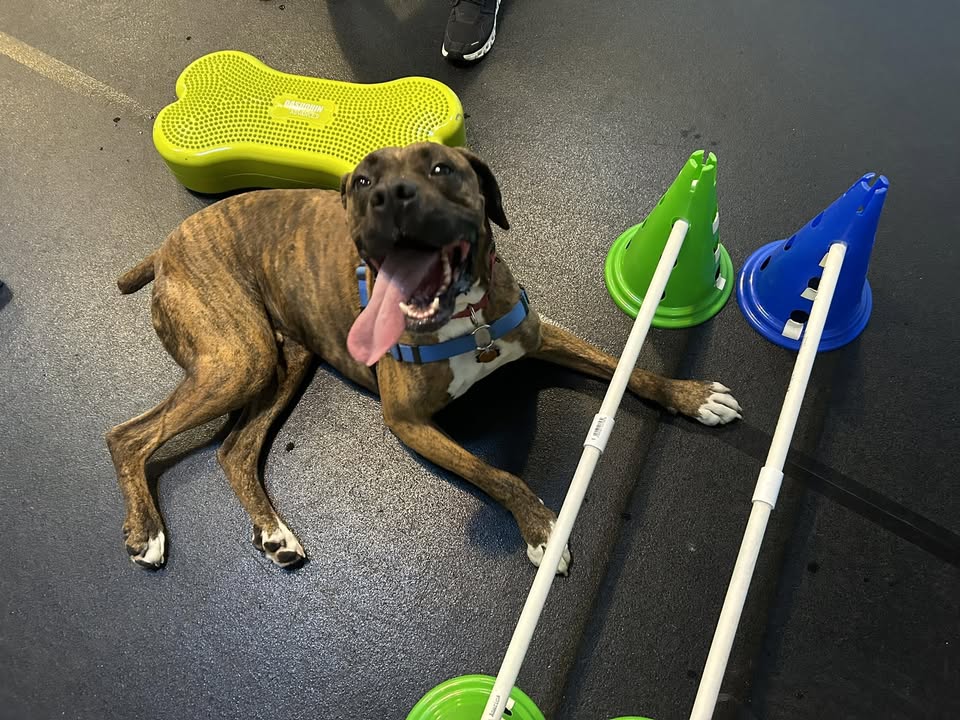Canine hip dysplasia is a common and often painful condition that affects the hip joints of many dogs, especially large breeds. If you’re living with a dog with hip dysplasia, you know how challenging it can be to manage their discomfort and maintain their quality of life. Fortunately, there are several effective Therapy For Dogs With Hip Dysplasia that can significantly ease their pain and support mobility.
What Is Canine Hip Dysplasia?
Canine hip dysplasia is a hereditary condition in which the ball and socket of a dog’s hip joint do not fit properly. Over time, this improper alignment causes joint wear, leading to inflammation, pain, and arthritis. While it commonly affects larger breeds such as German Shepherds, Labradors, and Golden Retrievers, any canine with hip dysplasia can experience discomfort and reduced activity.
Signs and Symptoms
Understanding the symptoms of hip dysplasia can help pet owners seek early treatment. Common signs include:
- Decreased activity and reluctance to climb stairs
- Limping or favoring one leg
- Difficulty rising or lying down
- Audible clicking sounds from the hips
- Loss of thigh muscle mass
Therapy Options for Dogs With Hip Dysplasia
There is no single cure for canine hip dysplasia, but several therapeutic approaches can manage the condition effectively. The goal is to reduce pain, improve joint function, and maintain a healthy weight.
1. Physical Therapy
Physical therapy is a cornerstone of treatment. It includes:
- Hydrotherapy: Swimming or walking on an underwater treadmill helps improve muscle tone and joint movement without stress on the hips.
- Range of Motion Exercises: Gentle stretching maintains flexibility and joint health.
- Laser Therapy and Ultrasound: These treatments promote circulation and reduce inflammation in affected joints.
2. Weight Management and Diet
Keeping your dog with hip dysplasia at a healthy weight is essential. Extra weight puts unnecessary stress on already compromised joints. Nutritional support with omega-3 fatty acids and joint supplements (like glucosamine and chondroitin) can also aid in joint health.
3. Pain Management
Non-steroidal anti-inflammatory drugs (NSAIDs), prescribed by a veterinarian, can relieve pain and inflammation. In some cases, additional medications or supplements may be used to support long-term comfort.
4. Assistive Devices
Using ramps, harnesses, and orthopedic beds can help dogs navigate their environment more comfortably. These tools support mobility and reduce strain on the hips.
5. Surgical Options
For severe cases, surgery may be recommended. Options include:
- Femoral Head Ostectomy (FHO)
- Total Hip Replacement
- These are typically reserved for dogs who do not respond to conservative therapy.
Living With a Dog Diagnosed With Hip Dysplasia
Living with dogs with hip dysplasia requires patience and a proactive care plan. Regular veterinary check-ups, consistent therapy, and a supportive home environment can make a big difference in your pet's life. With the right approach, your canine with hip dysplasia can still enjoy an active and fulfilling life.
Final Thoughts
While there may be no definitive cure for canine hip dysplasia, a combination of targeted therapy, lifestyle adjustments, and veterinary support can greatly enhance your pet’s comfort and mobility. At Canine PT and Me, we emphasize compassionate, evidence-based approaches to treating dogs with hip dysplasia, helping both dogs and their owners live better, more active lives.





Comments